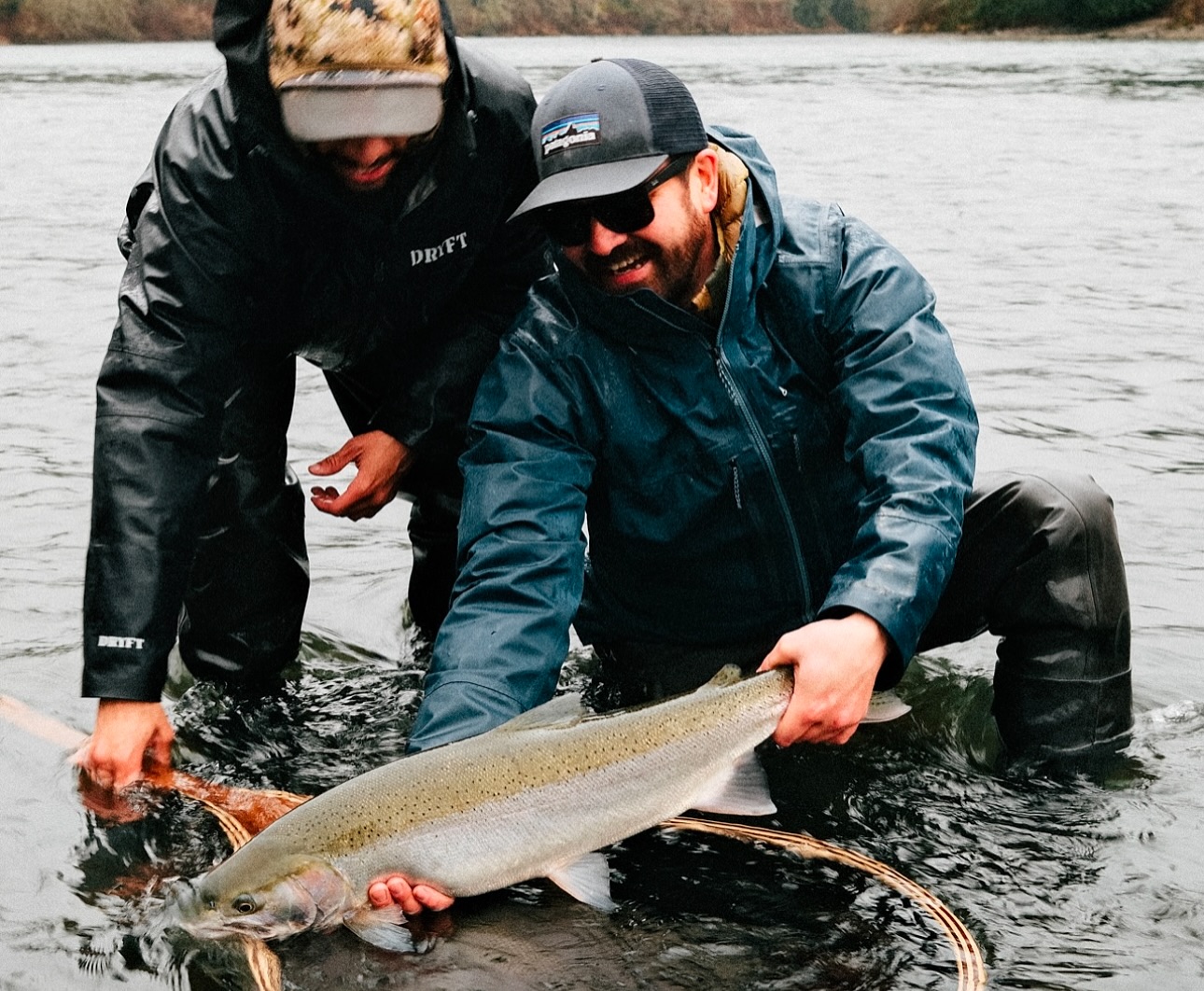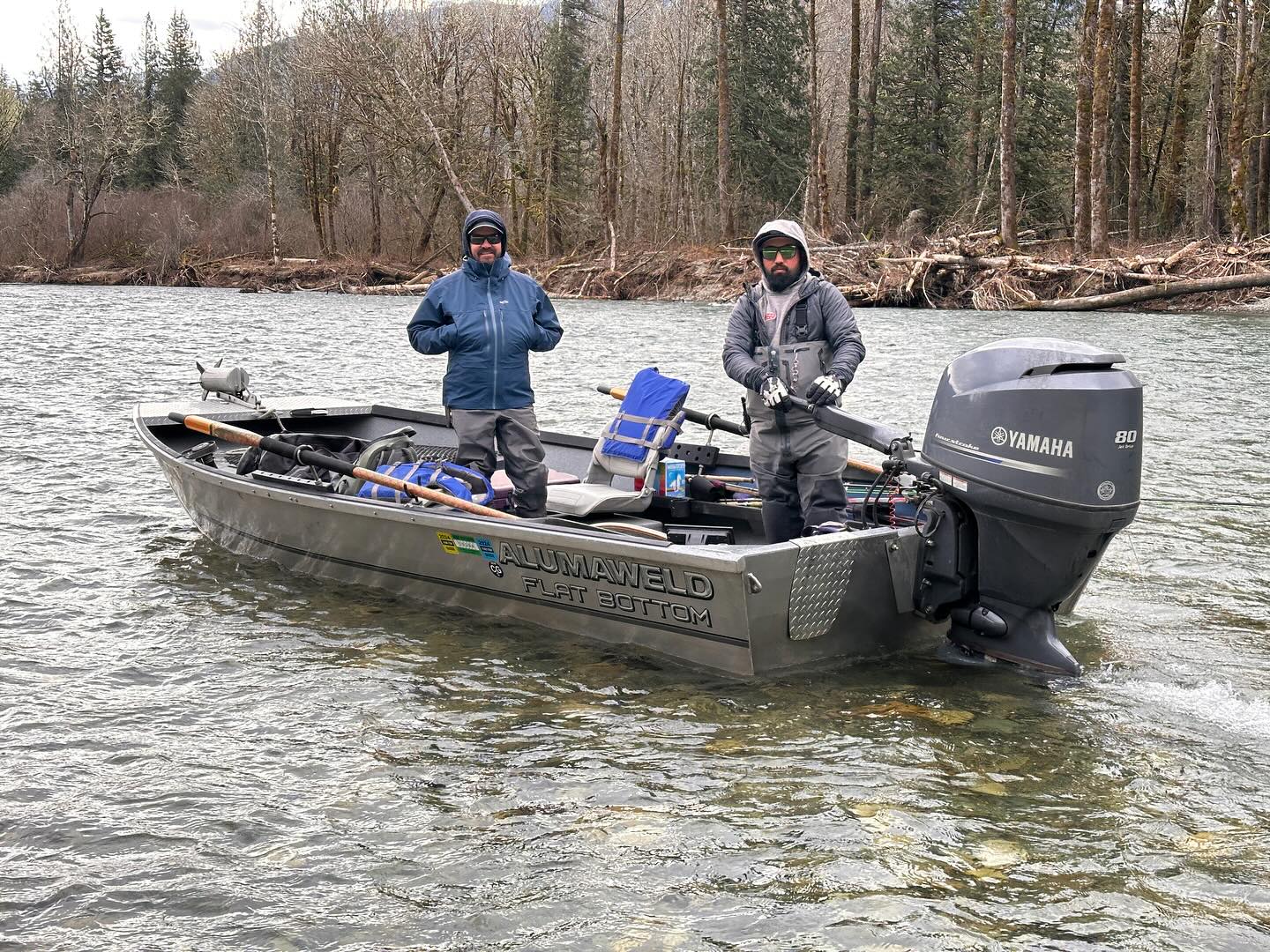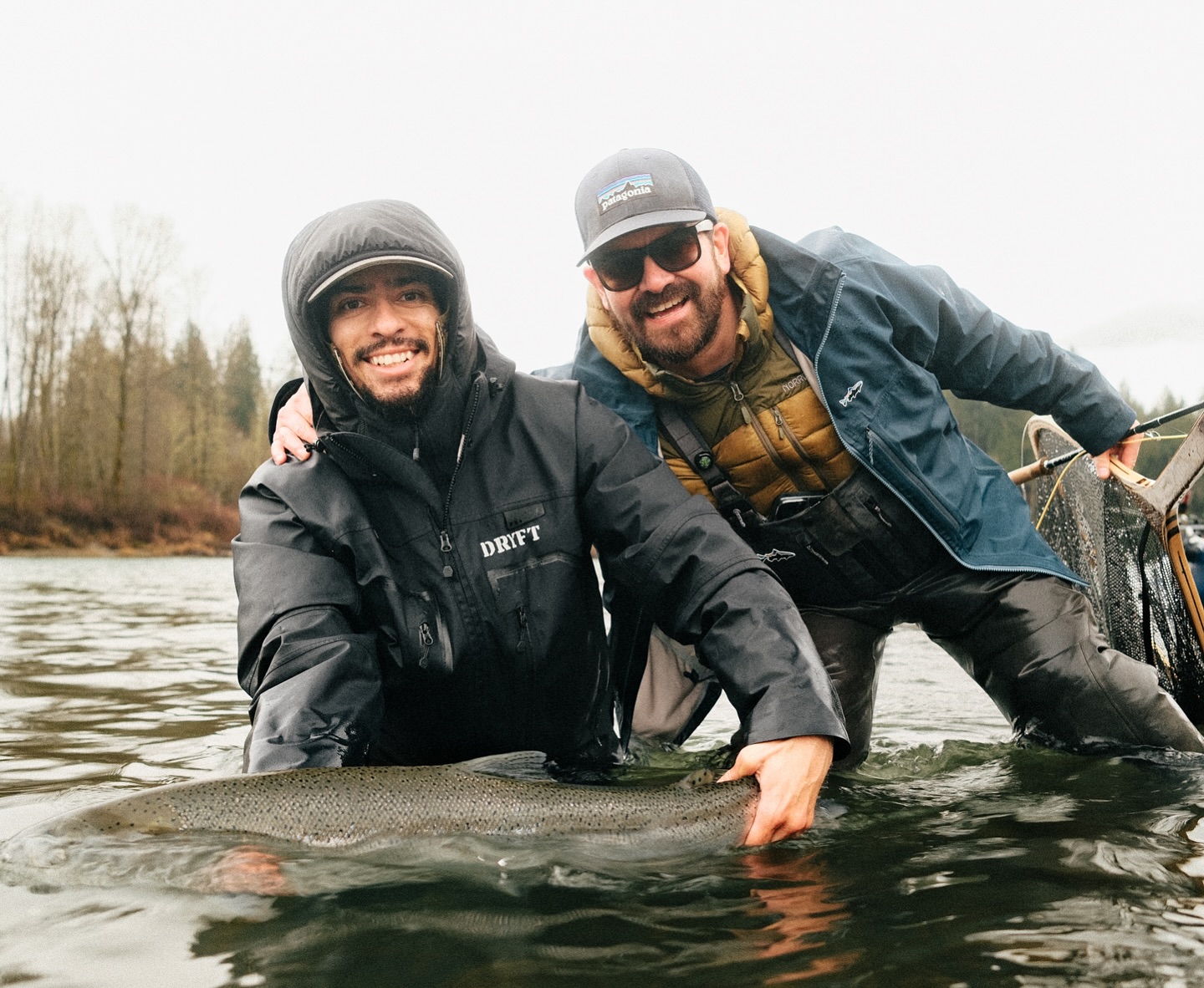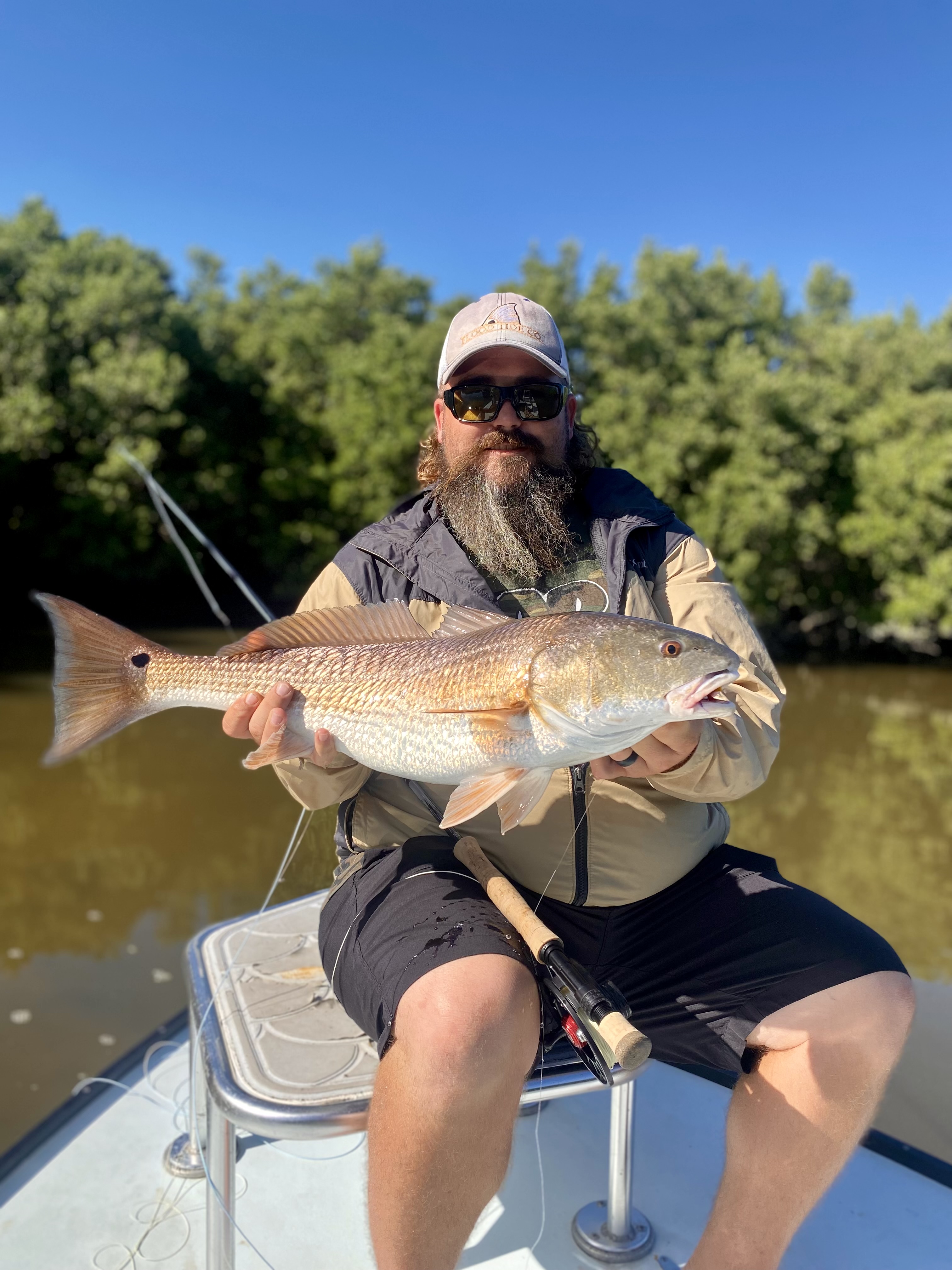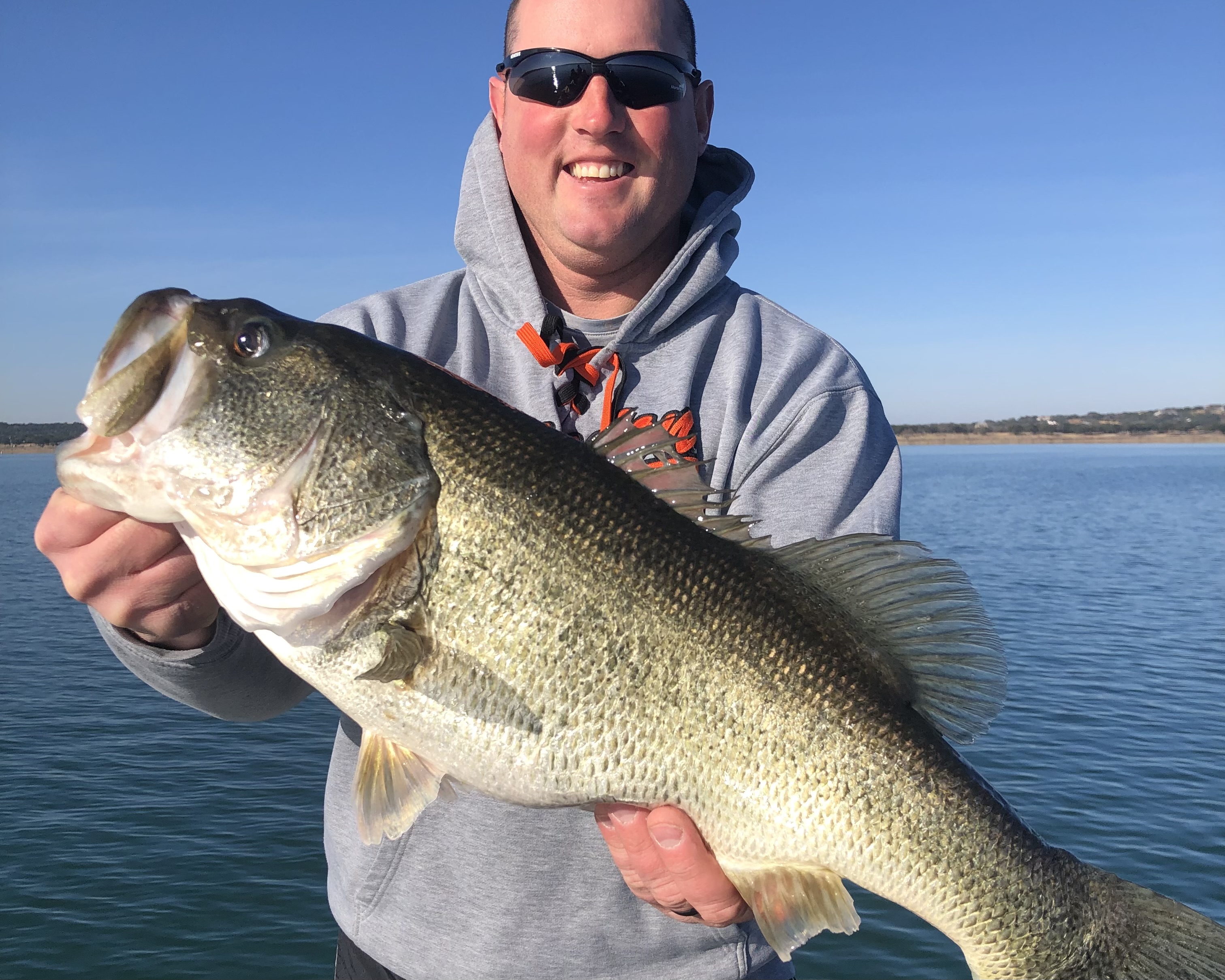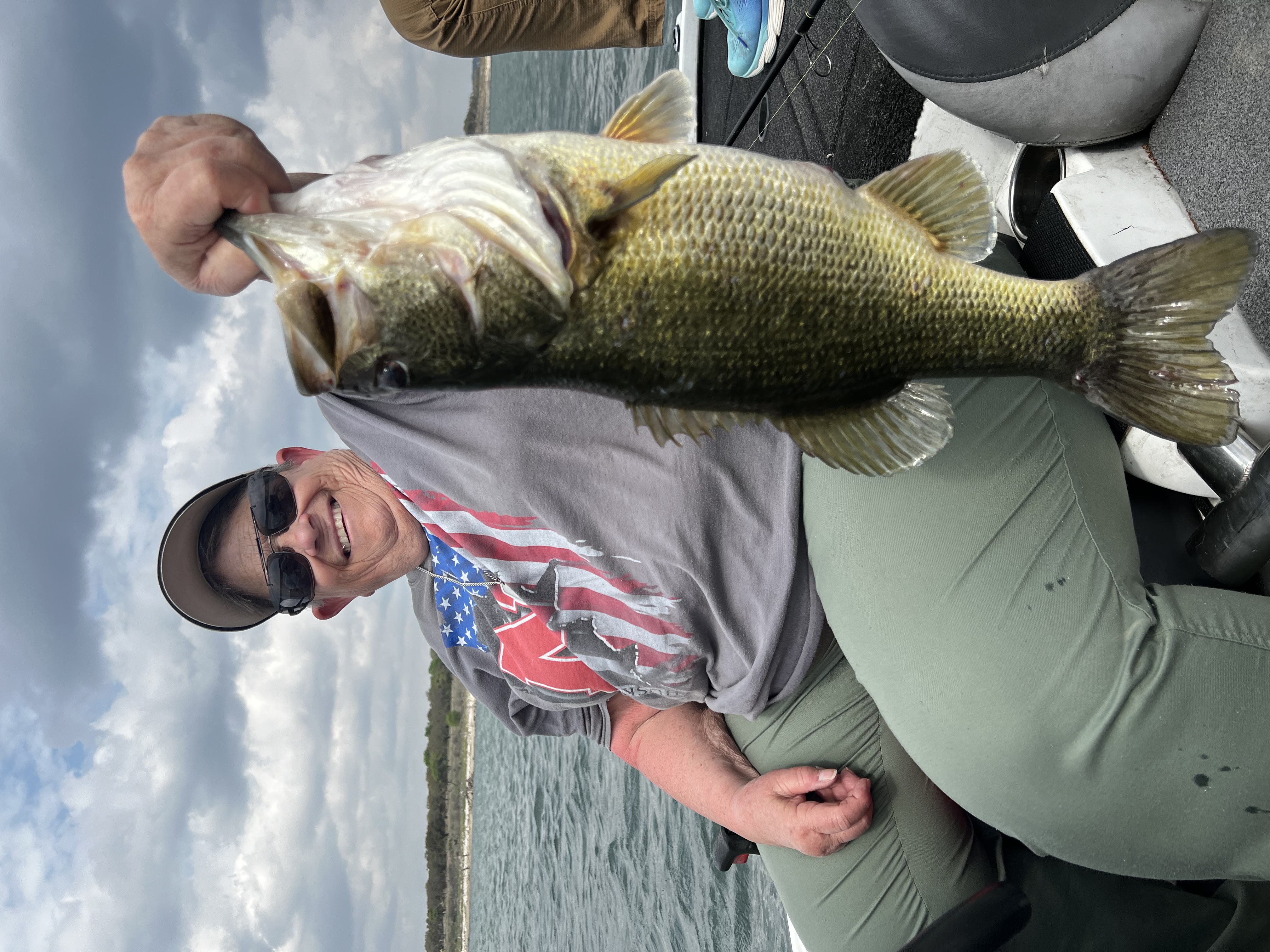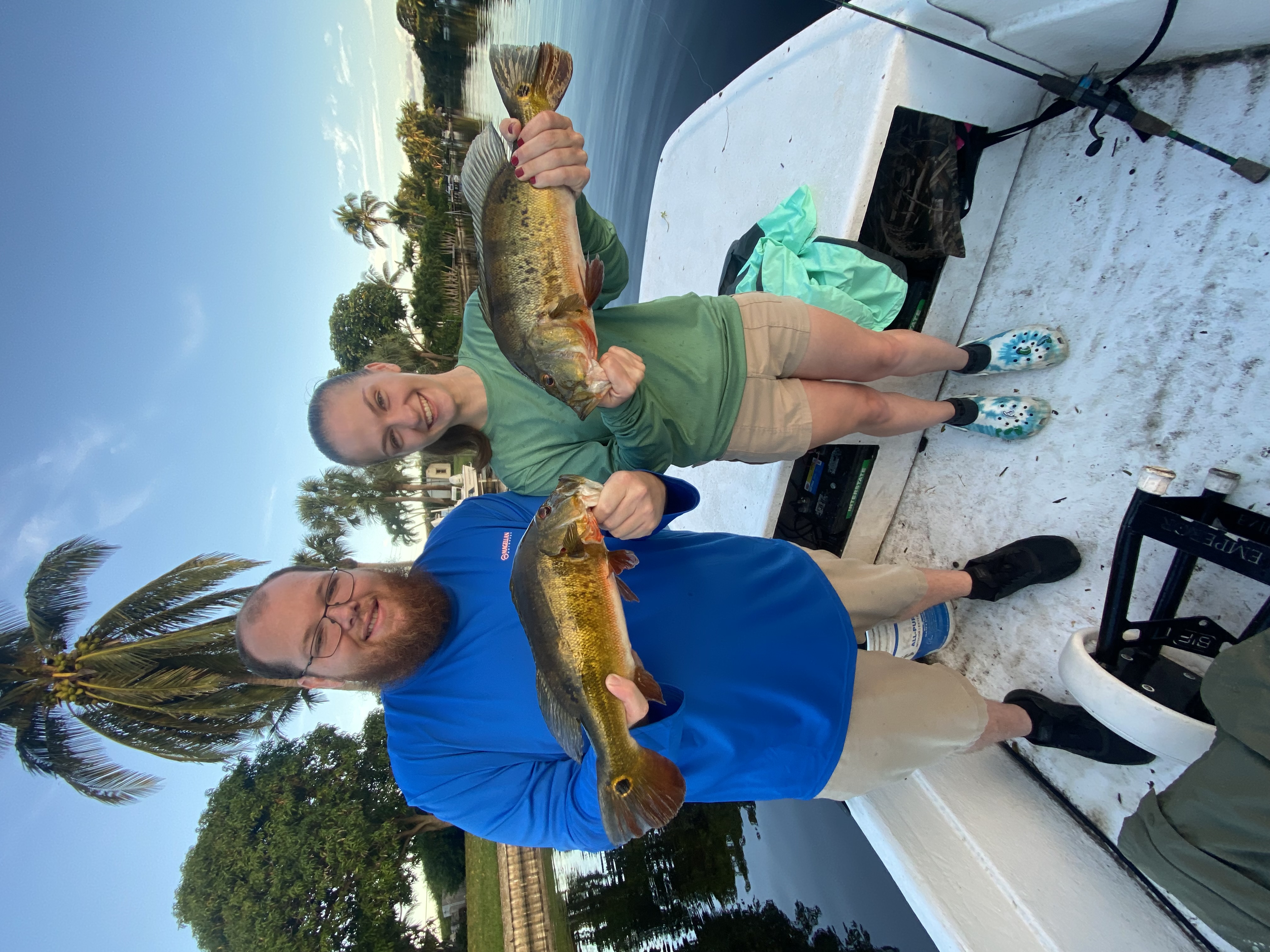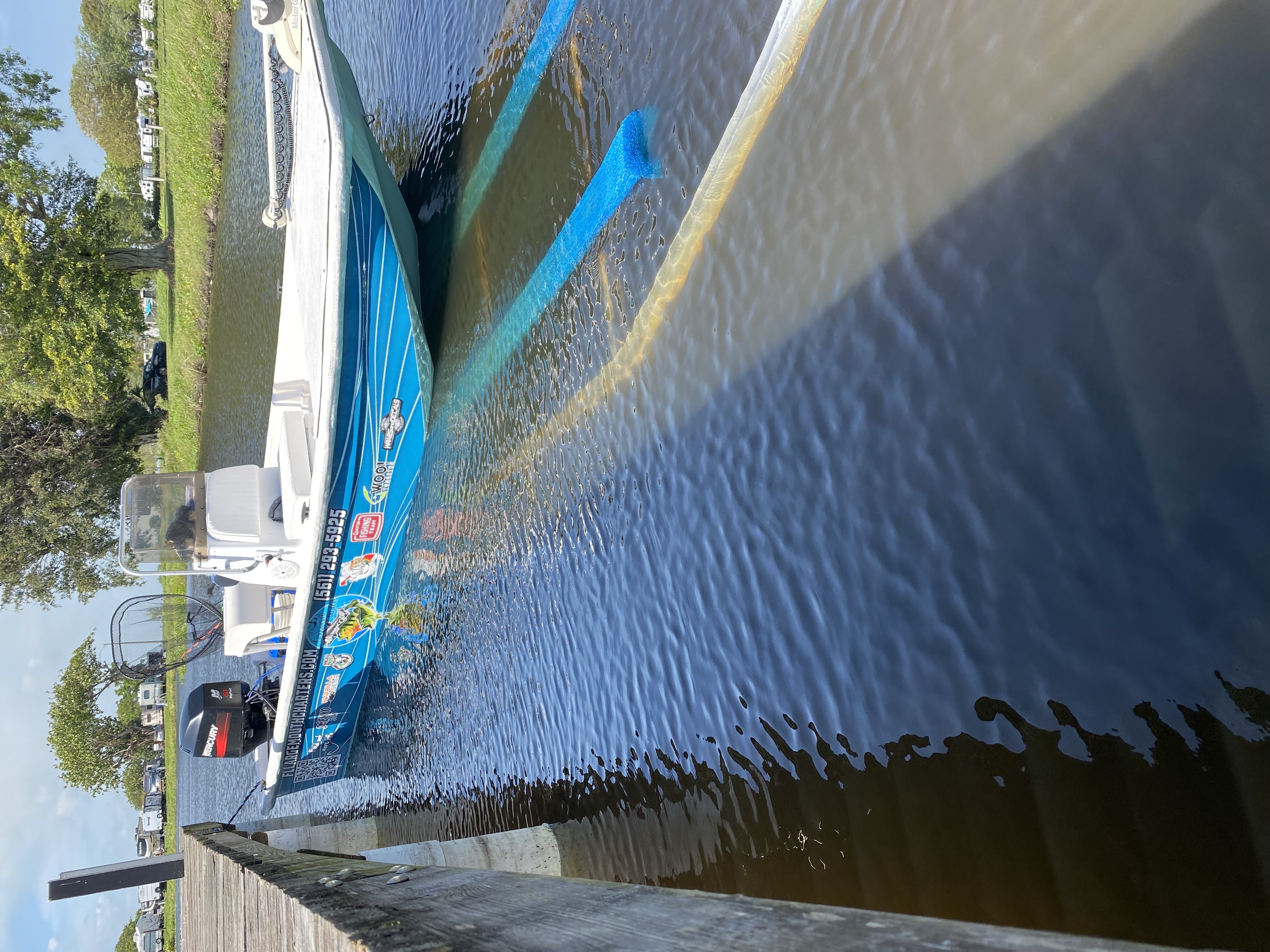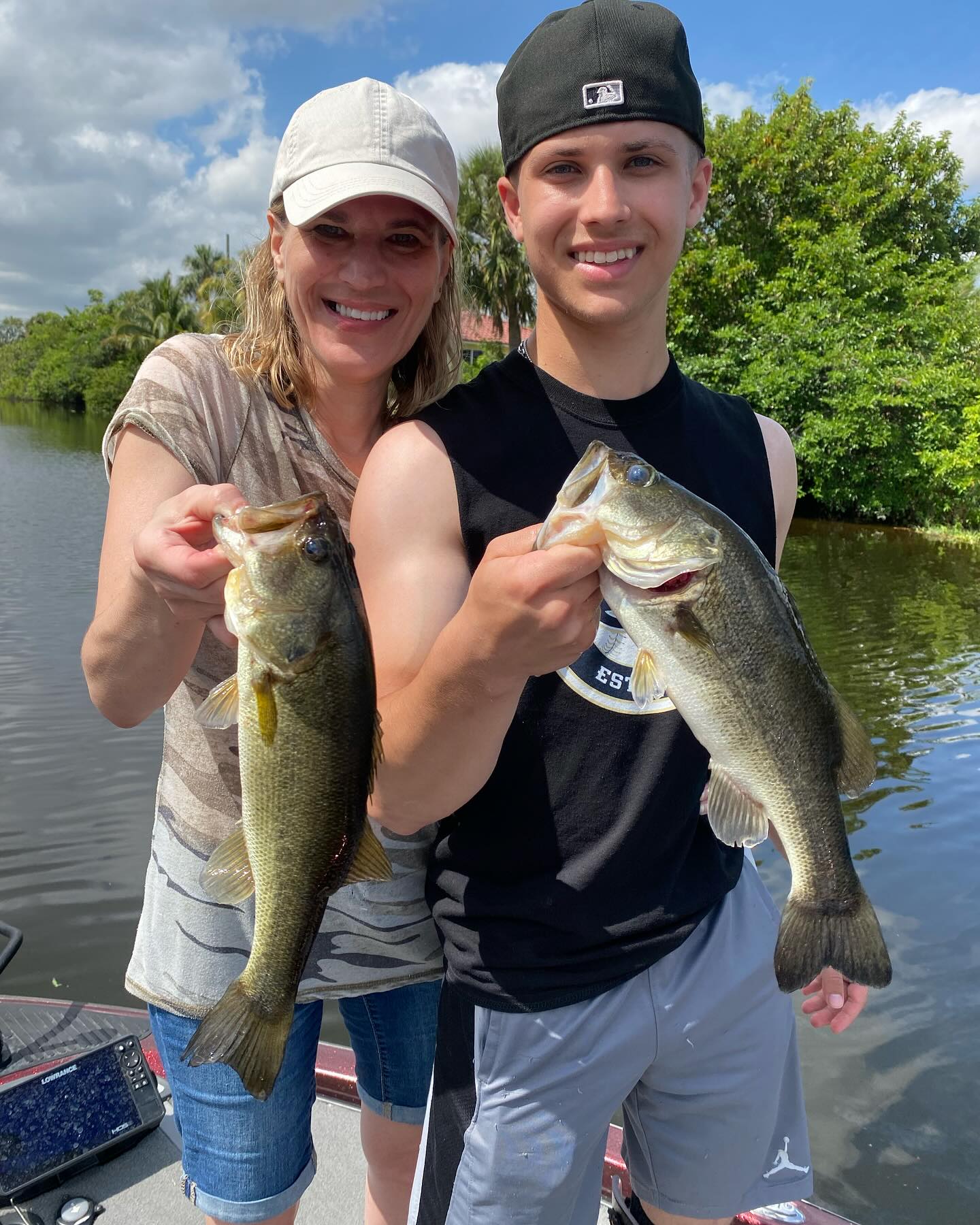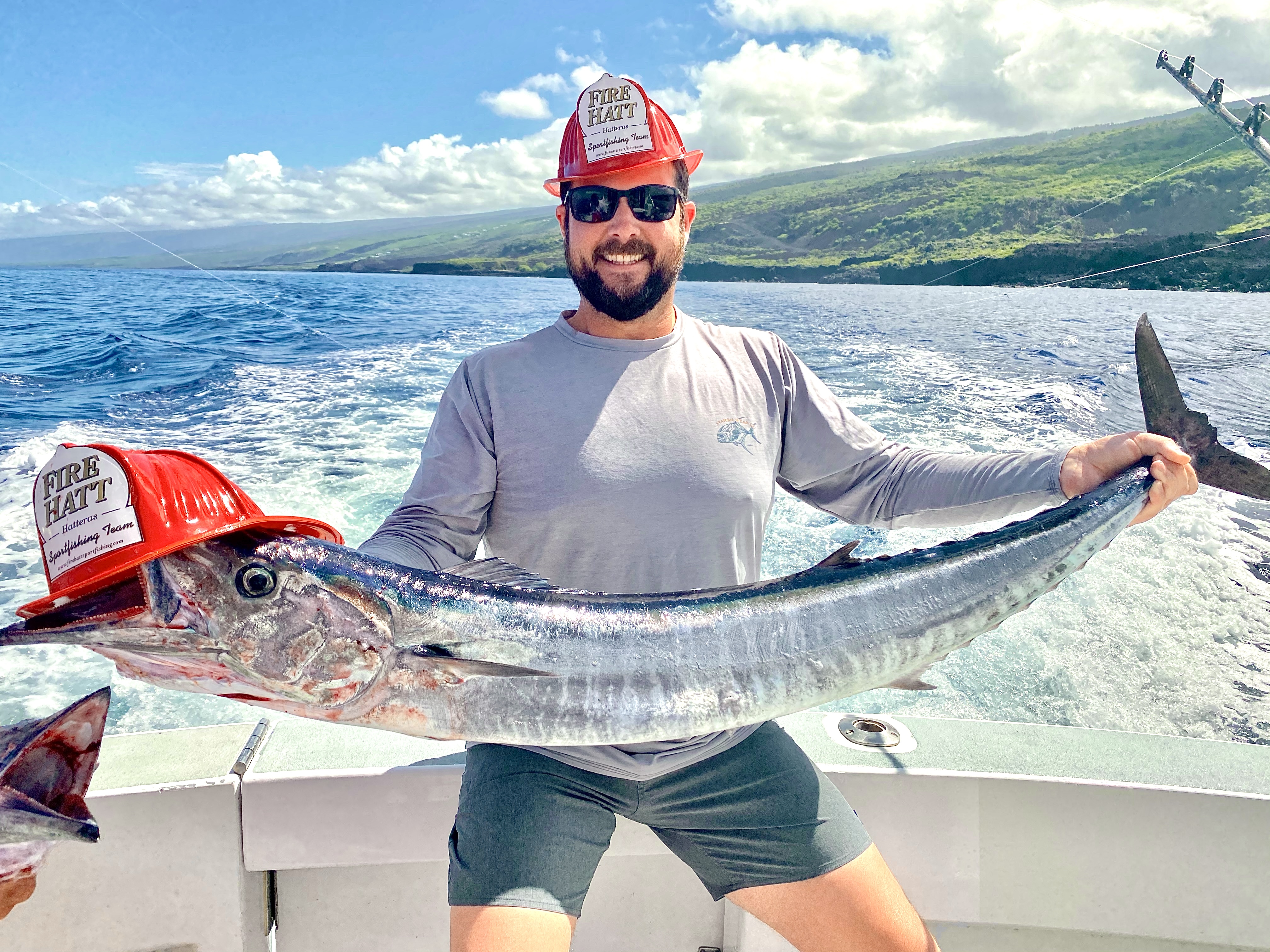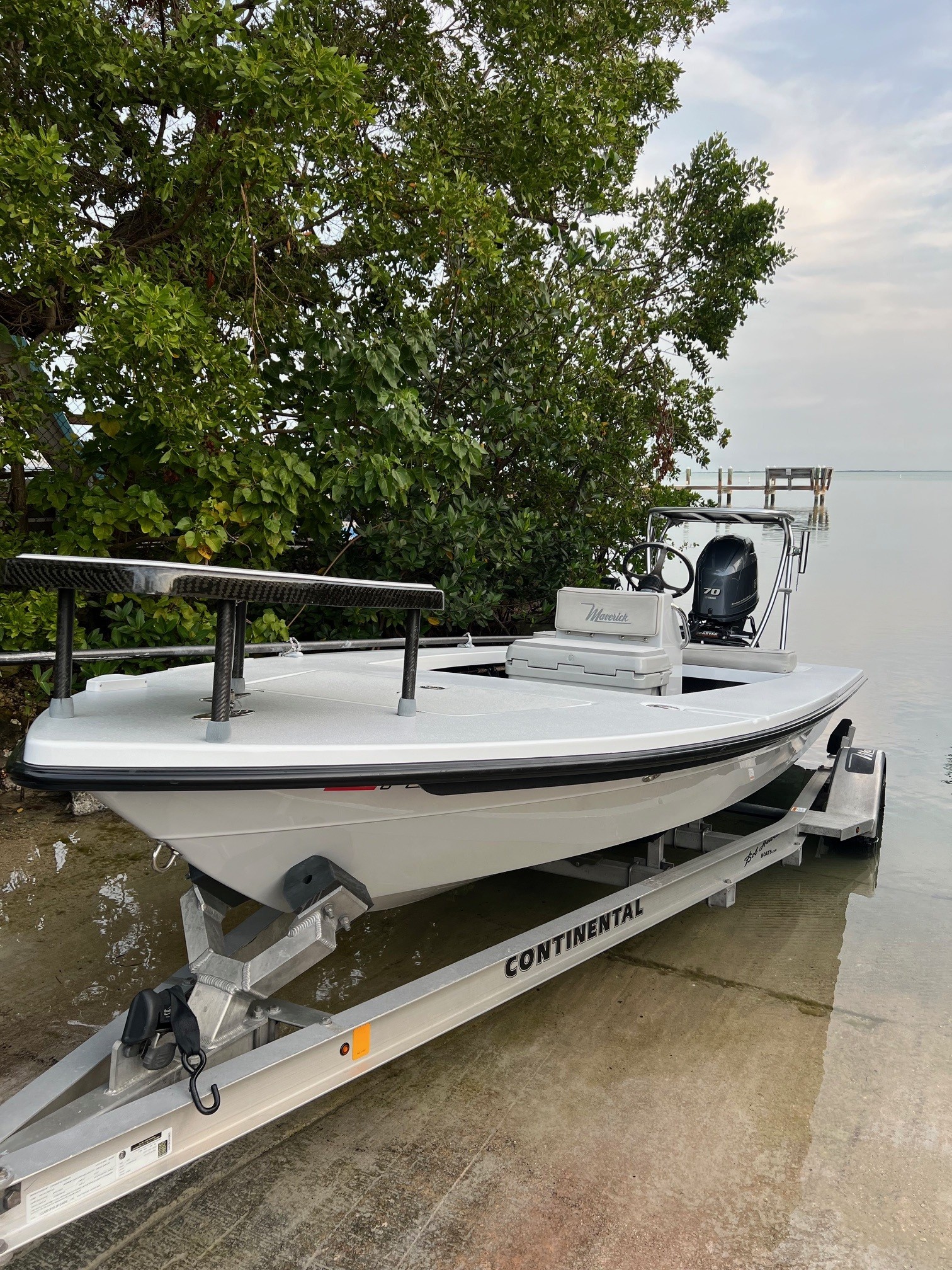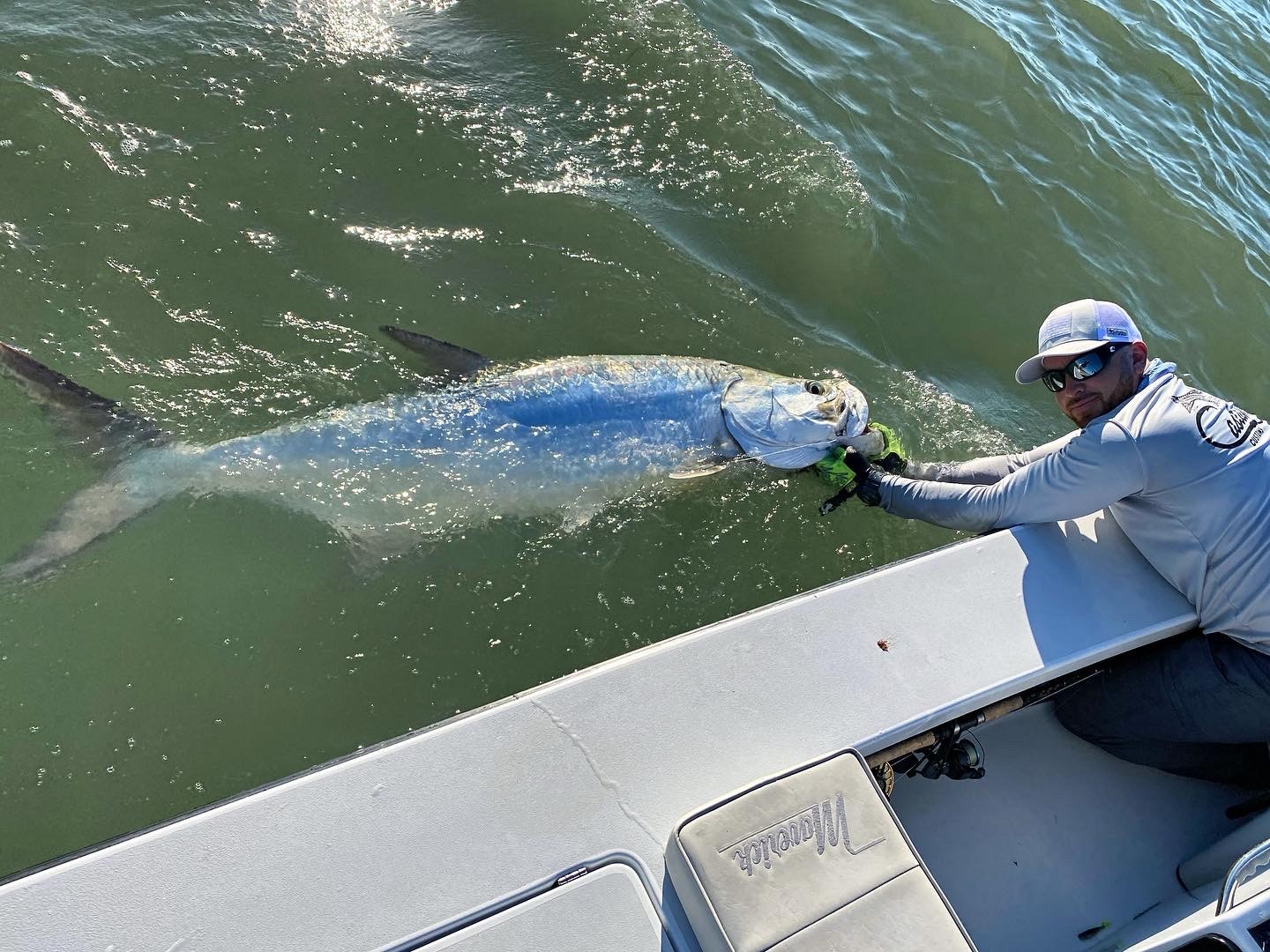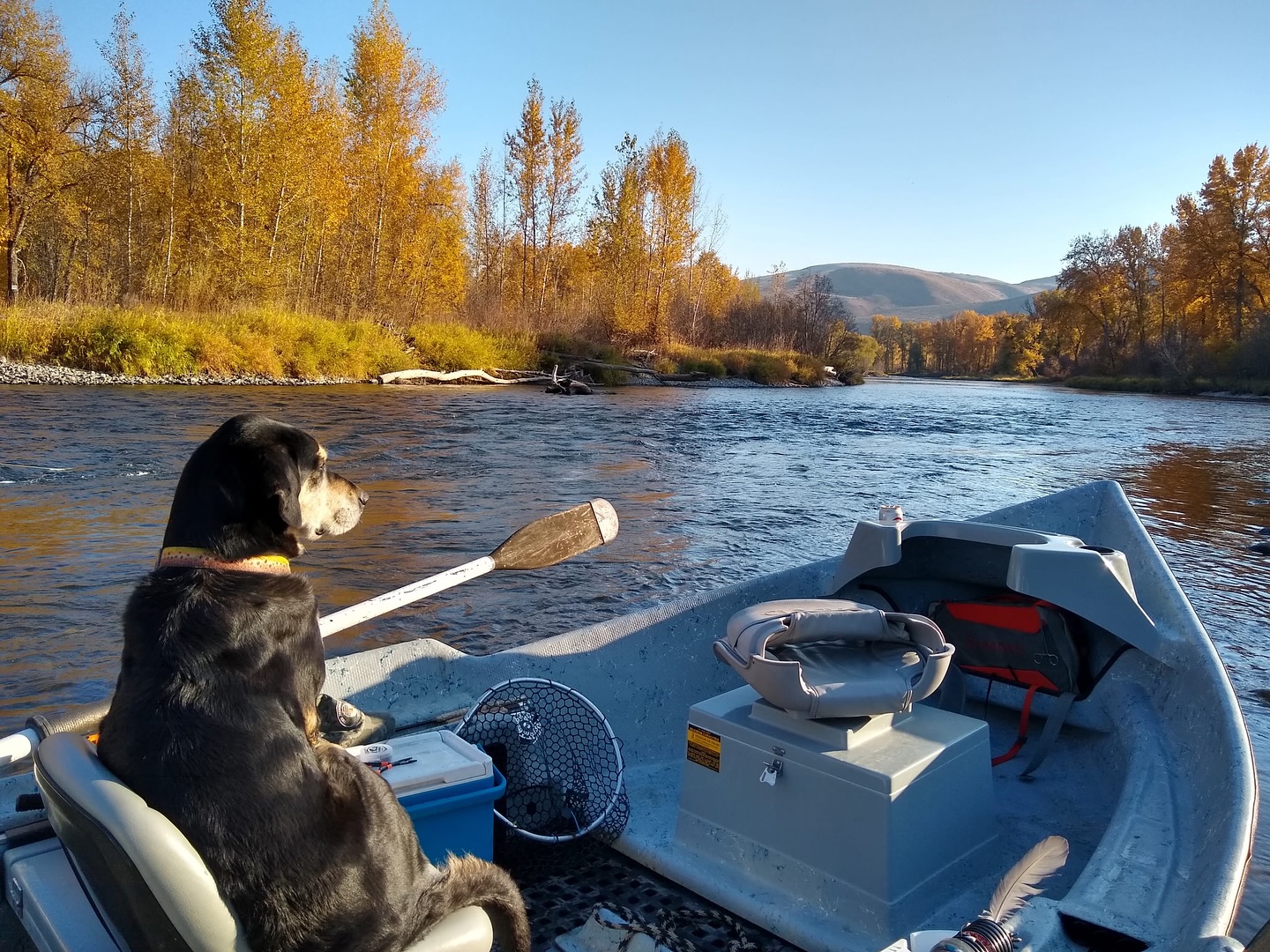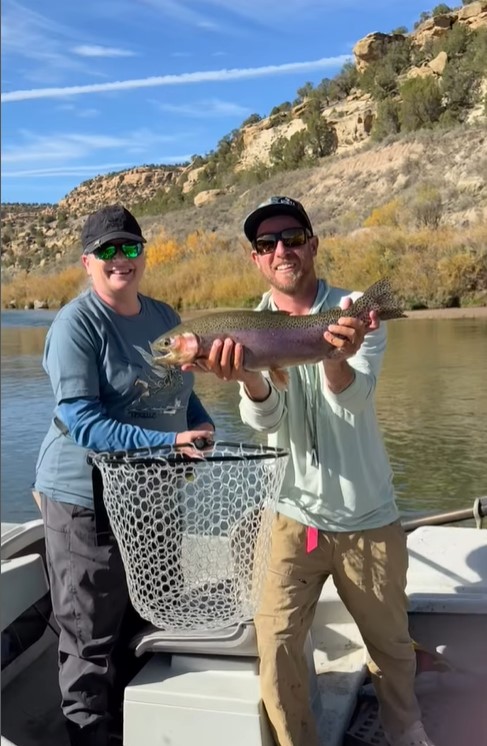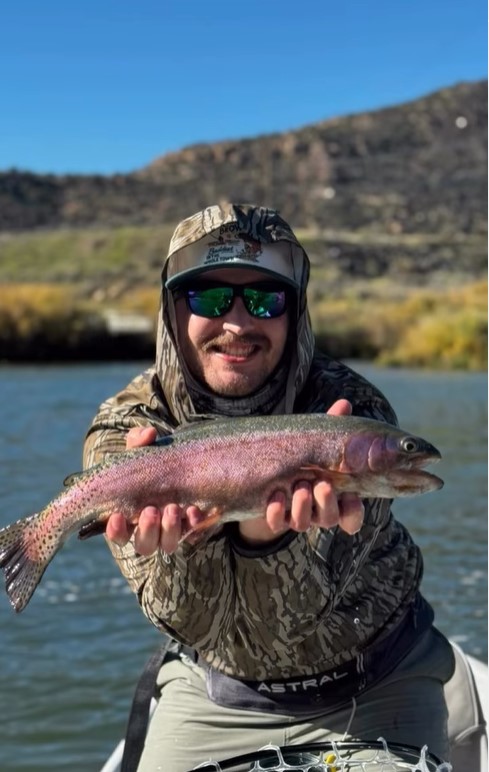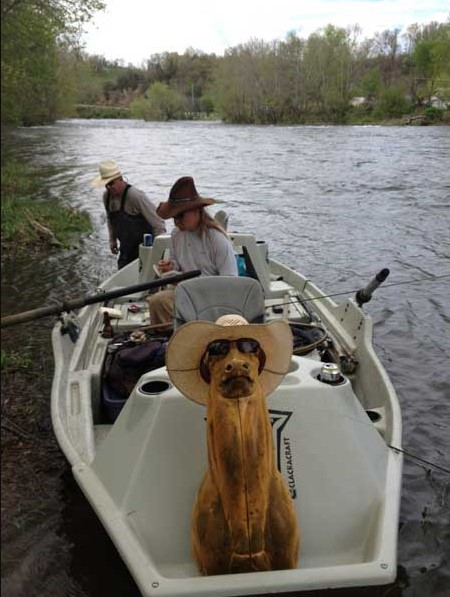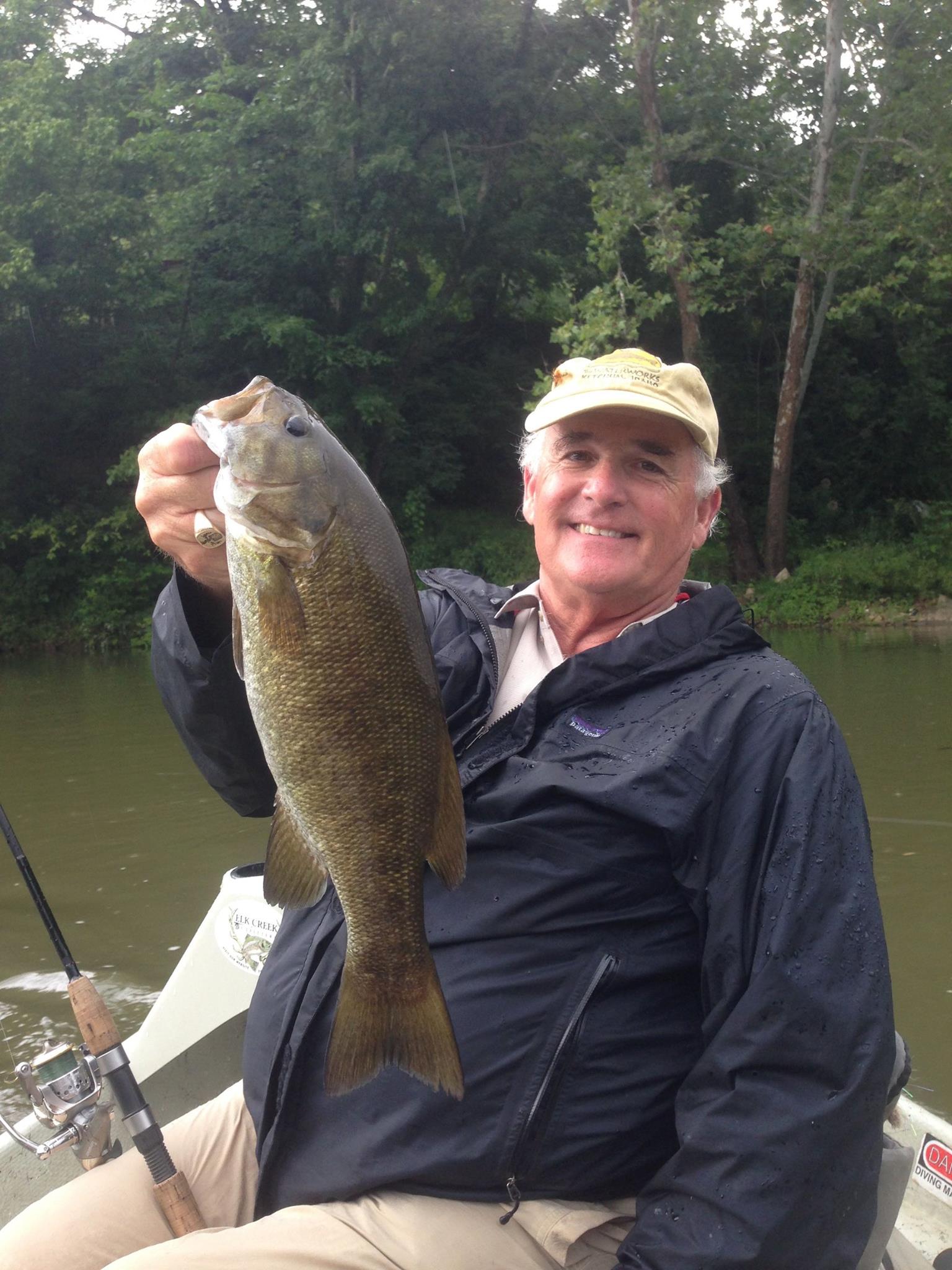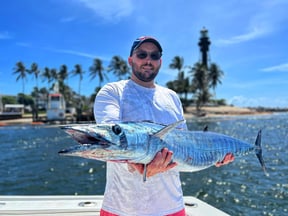Salmon And Steelhead Guided Trips
Inshore, Flats Fishing in Pineland
Fly Fishing Pineland
Canyon Lake Fishing Adventures
Lake Fishing in West Palm Beach
Peacock Bass Kids Quick Trip
Deep Sea, Nearshore, Snorkeling in Kaiminani
Fishing And Snorkel Trips
Deep Sea, Nearshore, Snorkeling in Kaiminani
Kaiminani, HI Offshore Fishing
Inshore, Nearshore, Flats in Homestead
Flamingo Flats Fishing
Olympic Peninsula Steelhead
San Juan River Fly Fishing
Float Fishing Trip
We started Captain Experiences to make it easy to book fishing and hunting guides around the world. With over 2,000 Damn Good Guides, our platform makes finding and booking a trip seamless. Head here to check out our trips.
This ancient sport has a rich and fascinating history that stretches back for centuries. In this blog post, we will explore the origins of fly fishing and learn about how it has evolved over time. We will also take a look at some of the most important people involved in the development of fly fishing. So if you're curious about the origins of your favorite pastime, read on!
When and Where was Fly Fishing Invented?
Fly fishing was first mentioned in "The Compleat Angler," which was published in 1653. This book was written by Izaak Walton, an Englishman, and it described the fly fishing techniques of his day. However, it is believed that fly fishing actually dates back much further than this. Some historians believe that fly fishing may have originated in Japan during the 12th century, in a technique known as Ayu fishing. Ayu fishing drifts an artificial fly down fast mountain streams, but there is no casting technique. It is likely that the Romans were practicing fly fishing techniques in the 2nd century or perhaps even earlier. Claudius Aelianus describes how Macedonian anglers used artificial flies and a long rod to catch fish, although the Roman poet Marcus Valerius Martialis wrote about fly fishing in one of his poems 200 years before Claudius Aelianus. Historians can agree that the sport developed in popularity in England during the 15th century. No one knows for sure where fly fishing began, but we do know that it has been around for a very long time!
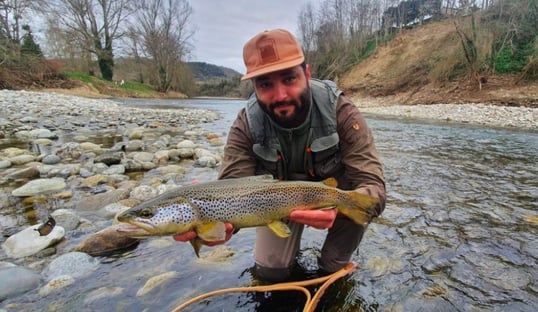
The Evolution of Fly Fishing
Over the centuries, fly fishing has undergone a number of changes and developments. During the 18th and 19th centuries the old horsehair lines were replaced with Spanish silkworm, making them thinner and more agile. The modern reel was also developed during this time, allowing anglers to taper their lines. In 1747 Richard Bowlker published “The Art of Angling” which detailed all sorts of techniques, but most importantly described the different insects across England that trout feed on. Not only did he describe those insects, he laid out the basics of fly dressing which gave anglers a guide. Finally in the 1880’s, Hiram Leonard developed the modern setup of long stiff rod, tapering reel, and silk line. He was the first angler to be able to cast his line far into the wind.
From there, fly fishing evolved into the three categories we see today: dry fly fishing, nymph fly fishing, and streamer fly fishing. Fly fishing clubs began in England during the late 18th century, which led to dry fly fishing to become a somewhat elitist sport. Southern England has slower rivers with taller weeds, which is how the dry fly developed. In the north, the wet fly remained a popular pastime and productive fishing method in the fast mountain streams. The sport spread to America and enveloped the entire US.
Today, fly fishing is enjoyed by people all over the world as both a recreational activity and a competitive sport.
Milo Kashey
Updated on November 7, 2024

January 19, 2021

June 22, 2022
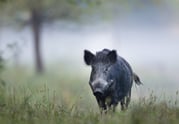
November 7, 2023

June 28, 2023
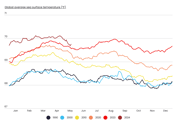
November 15, 2023
Related Articles
September 13, 2019
August 2, 2024
Featured Locations
- Fishing Charters Near Me
- Austin Fishing Guides
- Biloxi Fishing Charters
- Bradenton Fishing Charters
- Cabo San Lucas Fishing Charters
- Cancun Fishing Charters
- Cape Coral Fishing Charters
- Charleston Fishing Charters
- Clearwater Fishing Charters
- Corpus Christi Fishing Charters
- Crystal River Fishing Charters
- Dauphin Island Fishing Charters
- Daytona Beach Fishing Charters
- Destin Fishing Charters
- Fort Lauderdale Fishing Charters
- Fort Myers Fishing Charters
- Fort Walton Beach Fishing Charters
- Galveston Fishing Charters
- Gulf Shores Fishing Charters
- Hatteras Fishing Charters
- Hilton Head Fishing Charters
- Islamorada Fishing Charters
- Jacksonville Fishing Charters
- Jupiter Fishing Charters
- Key Largo Fishing Charters
- Key West Fishing Charters
- Kona Fishing Charters
- Lakeside Marblehead Fishing Charters
- Marathon Fishing Charters
- Marco Island Fishing Charters
- Miami Fishing Charters
- Montauk Fishing Charters
- Morehead City Fishing Charters
- Naples Fishing Charters
- New Orleans Fishing Charters
- New Smyrna Beach Fishing Charters
- Ocean City Fishing Charters
- Orange Beach Fishing Charters
- Panama City Beach Fishing Charters
- Pensacola Fishing Charters
- Pompano Beach Fishing Charters
- Port Aransas Fishing Charters
- Port Orange Fishing Charters
- Rockport Fishing Charters
- San Diego Fishing Charters
- San Juan Fishing Charters
- Sarasota Fishing Charters
- South Padre Island Fishing Charters
- St. Augustine Fishing Charters
- St. Petersburg Fishing Charters
- Tampa Fishing Charters
- Tarpon Springs Fishing Charters
- Venice Fishing Charters
- Virginia Beach Fishing Charters
- West Palm Beach Fishing Charters
- Wilmington Fishing Charters
- Wrightsville Beach Fishing Charters
